Best Practices Articles

Simplifying the Tech Stack: How PartnerOps Fuels AI-Driven RevOps Automation
In today’s fast-changing landscape of business growth and digital transformation, one thing is increasingly clear — complexity is the enemy of scale. This is especially true in PartnerOps and broader revenue operations (RevOps), where high stakes and cross-functional alignment are critical. Yet, the rapid proliferation of disconnected tools and systems often creates performance bottlenecks. Organizations of all sizes find themselves overwhelmed by a tech stack that promises efficiency but instead delivers confusion, inefficiencies, and operational fatigue.
The RevOps function has grown from its sales-ops origins into a comprehensive discipline that now includes marketing operations, customer success, deal desk functions, renewals, and increasingly, partner operations. As customer expectations rise and competition intensifies, companies recognize that go-to-market alignment across direct and indirect channels is not a luxury but a necessity. Yet, as this alignment expands, so does the technology footprint supporting it. Enterprises report using anywhere from 50 to over 150 applications supporting their RevOps initiatives, and many mid-market organizations are not far behind.
Kyle Hayes, the founding partner of Ecosystem Revenue Dynamics, has spent nearly two decades navigating this growing complexity. In his recent podcast with ZINFI, Hayes underscored a sobering truth: organizations often don’t fully understand their tech stack. Shadow IT is rampant. Tools are purchased based on past familiarity rather than strategic fit. Integration is rarely planned from the outset. As a result, companies find themselves with data silos, fractured workflows, and rising operational costs.
This is where PartnerOps steps in—not just as a subset of RevOps but as a transformational force. Partner Operations enables businesses to simplify their tech infrastructure, integrate ecosystems intelligently, and harness AI for true automation. It's a discipline that unites people, process, and technology, making it possible to move from manual friction to streamlined orchestration.
In this article, we explore how a strategic PartnerOps approach—when supported by AI and guided by ecosystem orchestration principles—can radically simplify the tech stack and elevate RevOps automation. We examine the root causes of complexity, the power of integration, and the emerging role of AI as a catalyst for unified, scalable revenue growth.
🎥 Watch the Full Video Podcast
The Tech Stack Overload and Its Impact on RevOps
Today's average mid-size or enterprise company operates in a maze of digital tools. From marketing automation platforms and sales intelligence tools to CPQ software, customer engagement systems, partner portals, and commission engines, the tech stack has become a patchwork of solutions, often overlapping capabilities and inconsistent data standards.
As Hayes pointed out, a $200M company may manage 30 to 50 core tools within its RevOps ecosystem. For enterprises, the number can surge past 130. The issue isn’t just tool count—it’s the lack of cohesion. In many organizations, different departments make independent purchasing decisions. A new marketing VP brings in their preferred platform. Sales leadership adds another. Partner teams plug in disparate tools for enablement or deal registration. Meanwhile, IT is often left in the dark, scrambling to retrofit integration after the fact.
This fragmented approach leads to several downstream consequences. First, it creates an overwhelming amount of manual work. Revenue teams spend more time updating systems than engaging customers or partners. Second, it weakens data integrity. Insights become suspect with no unified data model, and analytics can't deliver actionable intelligence. Third, it stifles scalability. When new regions, partners, or product lines are introduced, the existing systems struggle to adapt.
All of this impacts the very mission of RevOps: to unify and streamline revenue generation across the customer lifecycle. In a fragmented tech environment, automation is brittle, AI cannot function effectively, and partner strategies become disconnected from core revenue goals. The complexity of the stack becomes a silent killer of productivity and progress.
This is when simplification becomes not just a goal but a strategic imperative. Reducing tool sprawl, consolidating data pipelines, and designing workflows with integration in mind are the foundational steps toward RevOps automation. And it's precisely here that PartnerOps can become a guiding light.

The Strategic Role of PartnerOps in Ecosystem Orchestration
PartnerOps is no longer a support function; it's a strategic enabler of RevOps. As companies shift from product-led to partner-led growth, PartnerOps is critical in aligning indirect channels with internal operations, ensuring that both paths to market operate under a unified vision and shared metrics.
Traditionally, partner channels were treated as secondary to direct sales efforts—brought in to fill pipeline gaps or expand reach in less penetrated markets. This outdated view is changing rapidly. Hayes emphasized that partners in the modern go-to-market landscape are not just sellers—they’re co-creators of value, influencers in the buyer journey, and vital contributors to customer success.
PartnerOps must function with the same rigor and integration as core RevOps to operationalize this shift. This means building a tech infrastructure that supports full lifecycle engagement—from partner recruitment and onboarding to co-selling, incentivization, and retention. It also means enabling data transparency and feedback loops that drive continuous improvement.
A strategic Partner Operations approach includes several core elements:
- End-to-End Integration: Partner systems must discuss sales, marketing, and customer success platforms. This includes integrating PRM tools with CRM, linking LMS systems to enablement dashboards, and connecting co-sell activities with pipeline reporting.
- Ecosystem Intelligence: Beyond transactional data, organizations must understand partner influence, satisfaction, and capability maturity. This requires platforms that capture what partners do and how they do it.
- Cross-Functional Governance: PartnerOps cannot operate in a silo. It needs clear ownership and collaboration across finance, sales leadership, product marketing, and IT.
- Orchestration Frameworks: Organizations benefit from adopting repeatable frameworks, such as ZINFI’s 8-phase model (strategize, recruit, onboard, enable, co-market, co-sell, incentivize, accelerate) that standardize engagement across partner types and tiers.
This model's heart lies in ecosystem orchestration—the ability to coordinate a diverse network of internal and external actors toward shared outcomes. It’s not just about pushing programs out to partners, but about co-creating value in a structured, scalable, and measurable way. In many respects, PartnerOps becomes the connective tissue that holds modern RevOps together, primarily as companies pursue hybrid go-to-market strategies that span direct, indirect, and digital channels.
Driving RevOps Automation Through AI-Integrated PartnerOps
With a simplified tech stack and an orchestrated ecosystem, organizations are poised to reap the benefits of AI-driven automation. But as Hayes cautioned, AI is not a magic bullet—it’s a multiplier. If your data is disorganized and your workflows are chaotic, AI will amplify those problems.
Organizations must start with clear use cases to leverage AI effectively within RevOps and PartnerOps, whether intelligent lead routing, partner performance forecasting, or co-sell opportunity scoring, every AI deployment must be grounded in defined goals and supported by clean, contextual data.
Here’s how AI can enhance PartnerOps and fuel RevOps automation:
- Predictive Partner Engagement: AI models can identify which partners are most likely to close deals, based on historical activity, engagement frequency, and content usage. This enables more intelligent resource allocation and proactive support.
- Smart Enablement: Rather than generic training paths, AI can recommend personalized content and learning modules based on a partner’s past performance, industry, and deal types.
- Co-Sell Intelligence: When multiple vendors collaborate on a deal, AI can map the contribution of each participant, track influence across the funnel, and automate incentive distribution based on value delivered, not just deal ownership.
- Workflow Automation: From automating follow-ups and alerting teams to deal with risks to generating partner health scores, AI reduces manual tasks and empowers teams to focus on strategy.
- Data-Driven Forecasting: AI can analyze signals across CRM, PRM, and customer systems to produce more accurate revenue forecasts, incorporating direct and indirect channels.
To make this vision a reality, organizations need more than just AI tools—they need new roles and competencies. The rise of the RevOps engineer is already underway. These professionals blend systems thinking with data fluency and automation expertise. They are the architects of AI-enabled workflows and the stewards of sustainable automation. Partner Operations teams must collaborate closely with these engineers to ensure partner-specific data flows and use cases are accounted for.
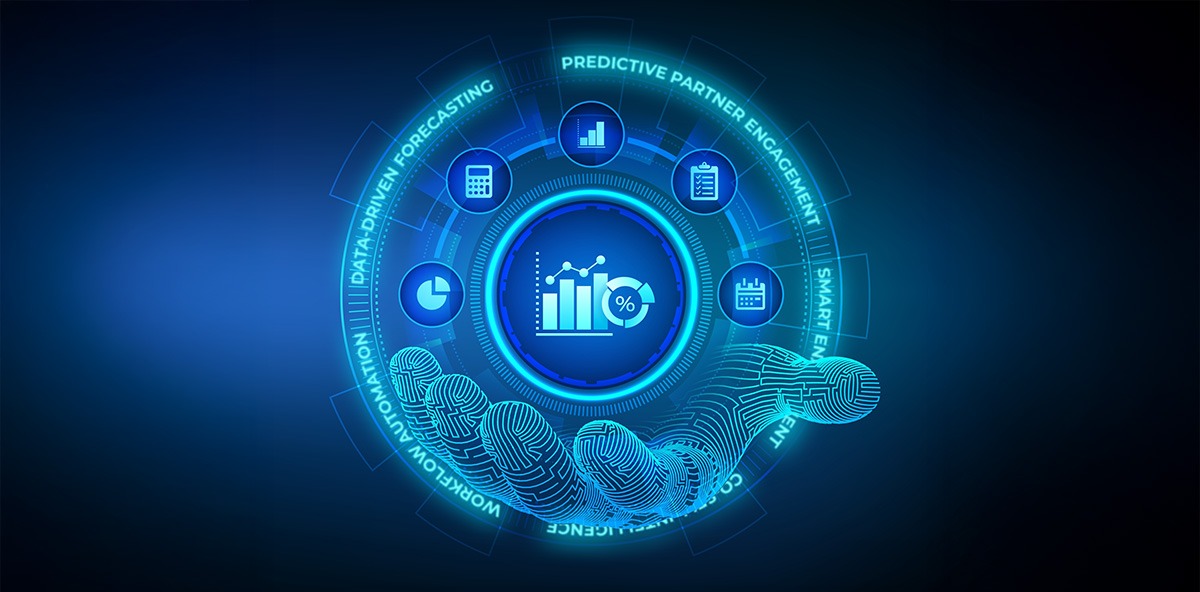
Conclusion
Organizations face a defining choice as the complexity of go-to-market ecosystems grows: continue layering on tools and manual processes, or simplify, integrate, and orchestrate for scale. The future belongs to those who choose the latter.
Partner Operations offers a unique opportunity to realign how companies engage with their ecosystems. It serves as both a simplifier and an amplifier, reducing tech burden while expanding partner impact. When connected to RevOps and empowered by AI, PartnerOps becomes the lever through which businesses unlock scalable, intelligent growth.
The promise of RevOps automation is not found in the sheer number of tools or the novelty of AI. It involves harmonizing people, process, technology, and partners around a shared mission. By embedding PartnerOps at the heart of that mission, organizations can eliminate complexity, activate ecosystems, and build an agile, automated, and future-ready go-to-market engine.
As Kyle Hayes so aptly put it, ecosystem orchestration isn’t just a strategy—it’s a necessity. And Partner Operations is how you operationalize it.
Best Practices Guidebook
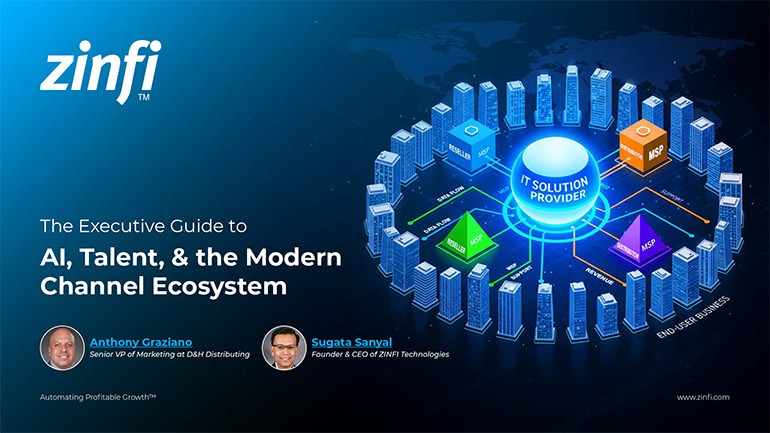 Modernizing Channel Marketing: AI and Ecosystem Enablement Best Practices
Modernizing Channel Marketing: AI and Ecosystem Enablement Best PracticesDownload for FREE
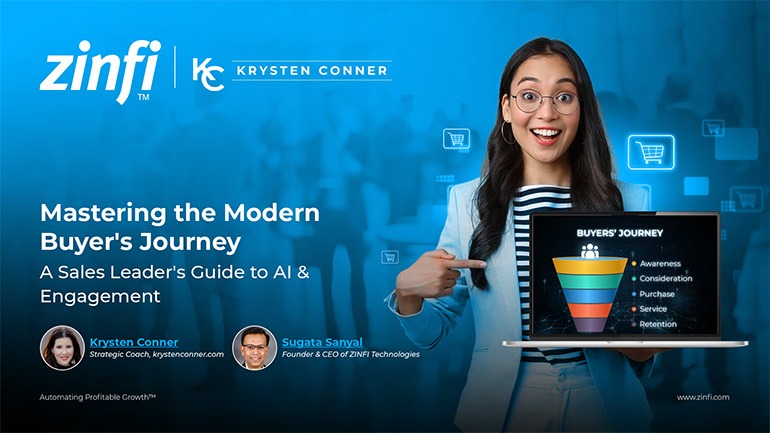 The Channel’s Shift to Partner-Led With AI Best Practices
The Channel’s Shift to Partner-Led With AI Best PracticesDownload for FREE
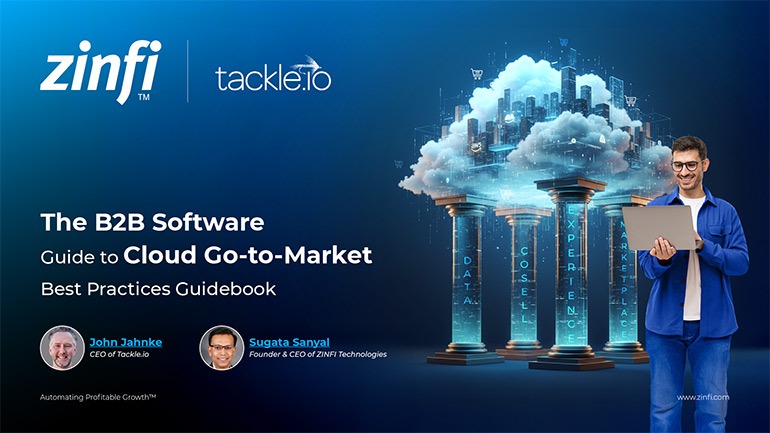 Hyperscalers, ISVs, and AI: Shaping the Future of B2B Software Distribution
Hyperscalers, ISVs, and AI: Shaping the Future of B2B Software DistributionDownload for FREE
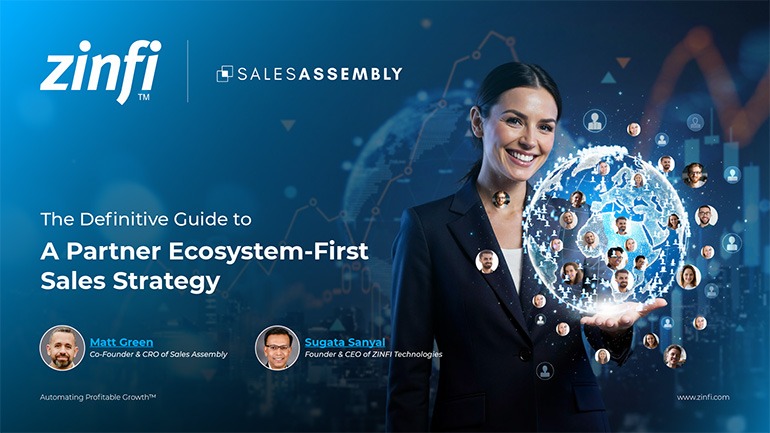 Definitive Guide to a Partner Ecosystem-First Sales Strategy
Definitive Guide to a Partner Ecosystem-First Sales StrategyDownload for FREE
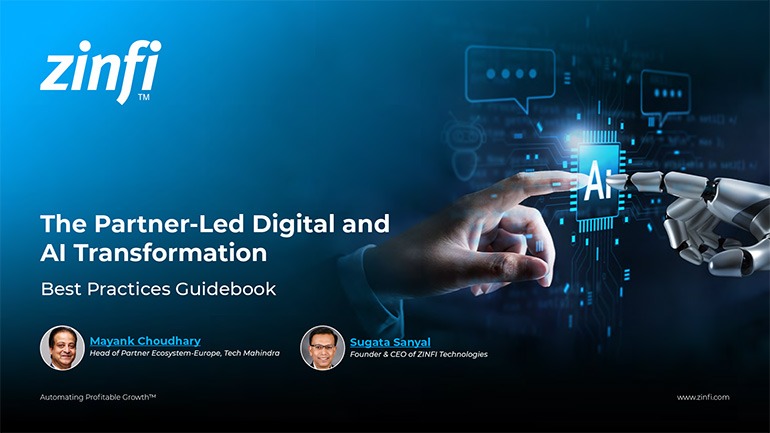 The Partner-Led Digital and AI Transformation Best Practices
The Partner-Led Digital and AI Transformation Best PracticesDownload for FREE
 Startup Talent Recruitment: Hiring Missionaries, Not Mercenaries
Startup Talent Recruitment: Hiring Missionaries, Not MercenariesDownload for FREE
 The Future of Partner Relationship Management with AI in Partnerships
The Future of Partner Relationship Management with AI in PartnershipsDownload for FREE
 Cybersecurity for the 99%: Strategies from the Frontline
Cybersecurity for the 99%: Strategies from the FrontlineDownload for FREE
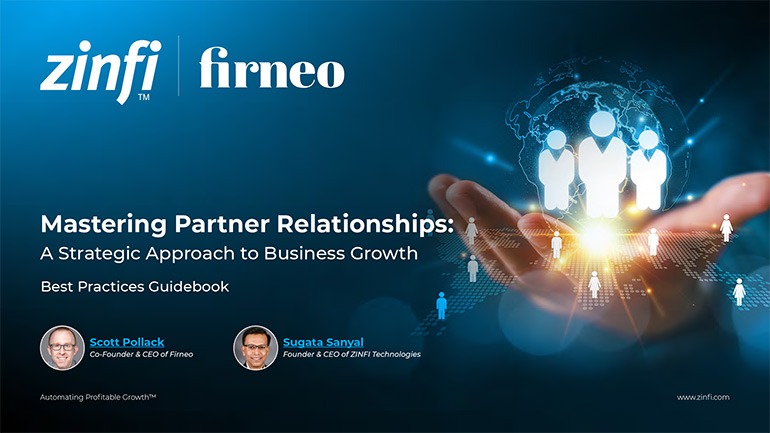 Mastering Partner Relationships: A Strategic Approach to Business Growth
Mastering Partner Relationships: A Strategic Approach to Business GrowthDownload for FREE
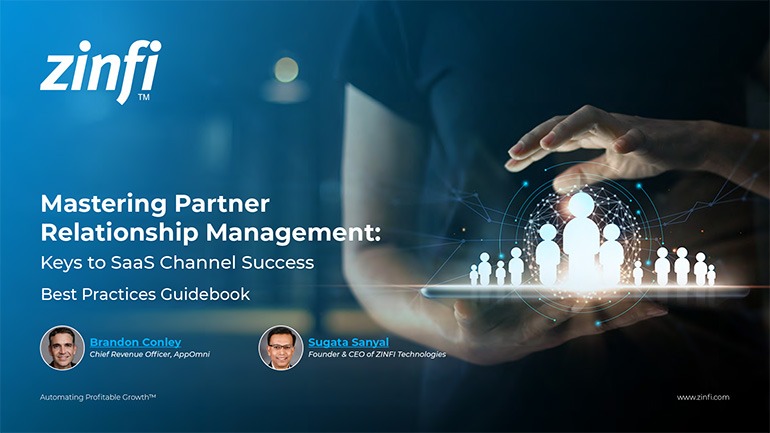 Mastering Partner Relationship Management: Keys to SaaS Channel Success
Mastering Partner Relationship Management: Keys to SaaS Channel SuccessDownload for FREE
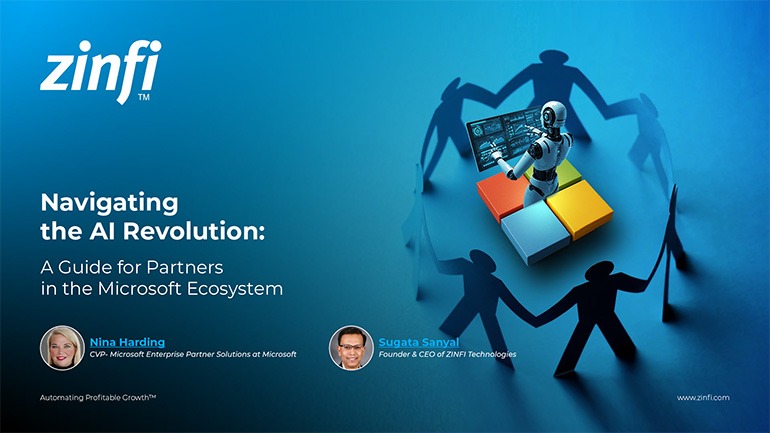 Navigating the AI Revolution: Guide for Partners in the Microsoft Ecosystem
Navigating the AI Revolution: Guide for Partners in the Microsoft EcosystemDownload for FREE
 Mastering the Modern Buyers Journey: Sales Leader’s Guide to AI & Engagement
Mastering the Modern Buyers Journey: Sales Leader’s Guide to AI & EngagementDownload for FREE










